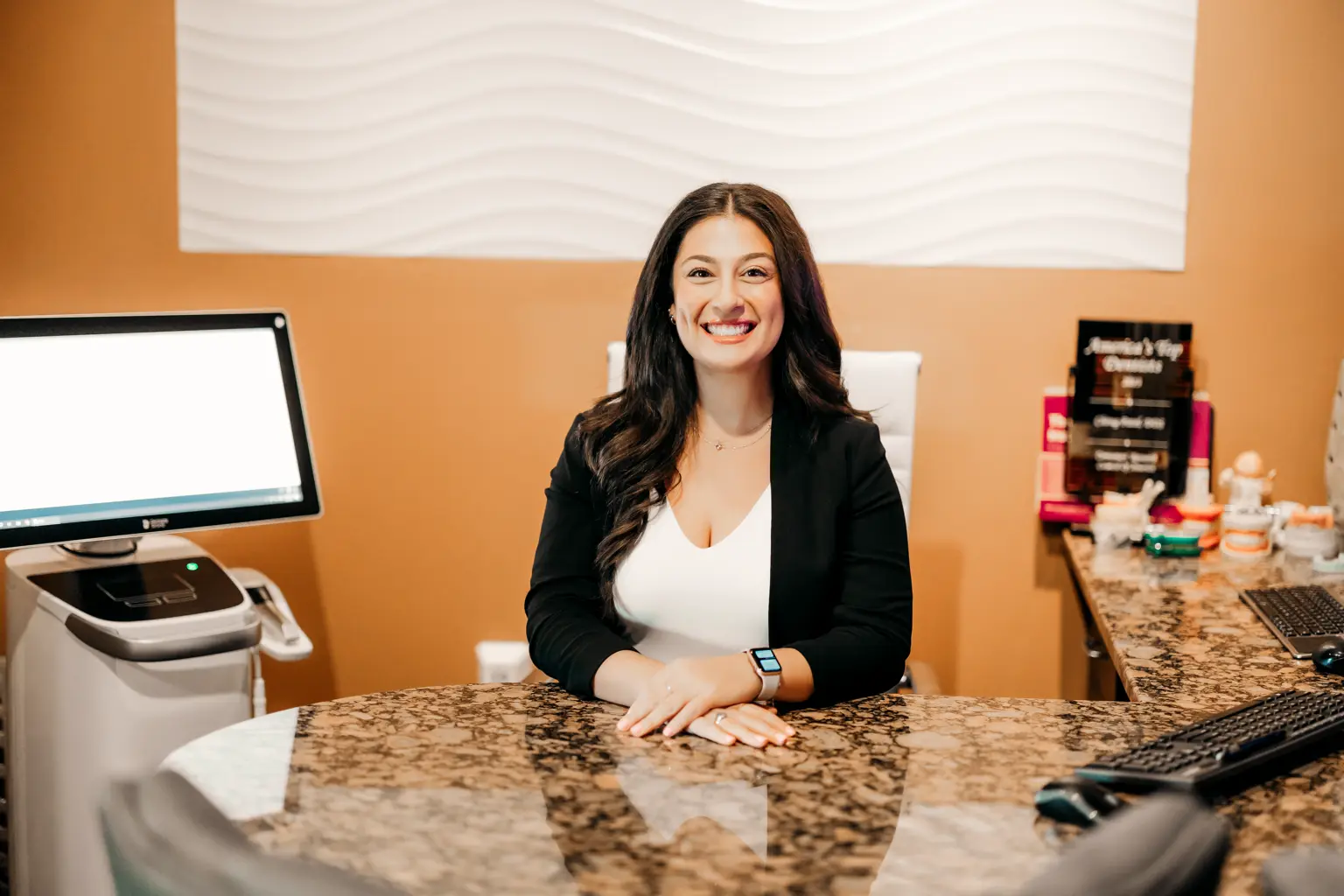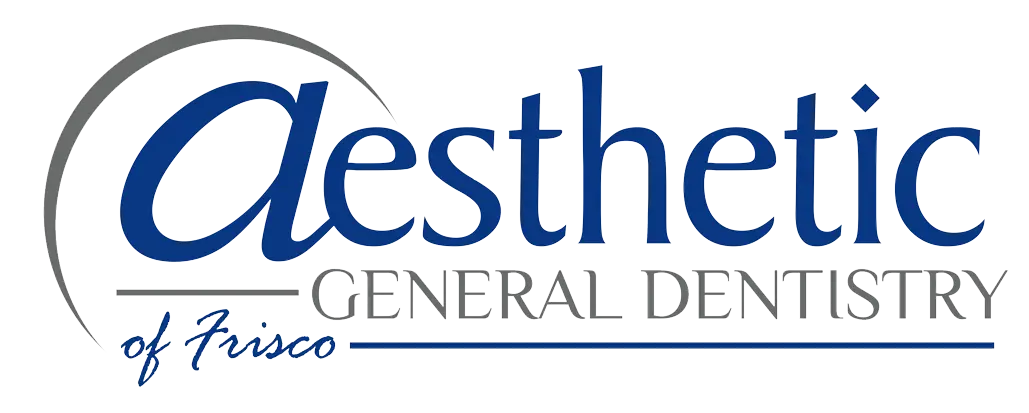Your Complete Buyer’s Guide to Sleep Apnea Oral Appliances
Sleep apnea is a prevalent sleep disorder that impacts a significant number of individuals across the globe. It is characterized by pauses in breathing or shallow breathing while sleeping, which can result in poor sleep quality and other health issues.
If you have been diagnosed with sleep apnea, it is important to seek treatment to improve your overall well-being. One of the treatment options available for sleep apnea is using oral appliances.


Understanding Sleep Apnea
For people with sleep apnea, their airway becomes blocked or collapses during sleep, causing them to stop breathing repeatedly. This leads to a decrease in oxygen levels and disrupts the normal sleep cycle.
This sleep disorder is characterized by several common symptoms. These include loud snoring, gasping for air during sleep, experiencing morning headaches, and feeling excessively fatigued during the day.
Ignoring sleep apnea can be really bad for your health. It might make you more likely to have heart issues, a stroke, and other health problems. Therefore, it is important to recognize these symptoms and seek appropriate medical attention and treatment.
Treatment Options Available
People with sleep apnea have different ways to get help. Some can change their lifestyle, like losing weight or stopping smoking. This works for mild cases. But, if it’s more serious, you might need medical help.
One way is to use a machine called CPAP. It stands for continuous positive airway pressure. But, some folks find it not so comfy. It might make your mouth dry or irritate your skin. There are also surgeries or oral appliances that can help. Talk to your doctor to find what’s best for you.
Oral Appliances: A Better Alternative
Mouth devices, also called jaw-holding tools or mandibular advancement devices (MADs), are a common option instead of CPAP machines to help with sleep apnea.
These tools go in your mouth and keep your jaw in a front position, stopping the airway from closing. They’re simple to use, easy to carry around, and don’t need electricity, which is handy for travel. Plus, these mouth devices have been proven to work well in making sleep better and lessening sleep apnea symptoms.
Factors to Consider When Choosing an Oral Appliance
When choosing a device for sleep apnea, you need to think about a few things to make sure it fits well and feels comfortable. These things include:
Fit and Comfort Considerations for Individual Needs
Since oral appliances are worn while sleeping, it is crucial to choose one that fits comfortably in the mouth. Ill-fitting appliances can cause discomfort and even lead to dental issues. Custom-made oral appliances, created through dental impressions, offer a better fit and are designed to meet each individual’s needs. However, off-the-shelf options may also be a suitable choice for some individuals.
When considering fit and comfort, it is important to keep in mind any preexisting dental issues that may affect the use of an oral appliance. If you have missing teeth or wear dentures, a custom-made appliance may be a better option to ensure proper fit and function.
Durability and Longevity of the Appliance
Oral appliances can be an expensive investment, so it is important to consider their durability and lifespan. Custom-made oral appliances, made with high-quality materials, tend to last longer than off-the-shelf options. However, proper care and maintenance are also crucial in prolonging the life of any oral appliance.
Before making a purchase, it is important to ask about the expected lifespan of the appliance and if there are any warranties or guarantees offered by the manufacturer.
Selecting the Right Oral Appliance
After considering all factors, including type, fit and comfort, and durability, it is time to select the right oral appliance for your needs. This decision can be based on personal preferences, budget, and insurance coverage.
Custom-made appliances may offer a better fit and function but may come at a higher cost. On the other hand, off-the-shelf options may be more affordable but may not provide the same level of customization and comfort. It is important to weigh these factors and choose what fits your needs, preferences, and budget.
When it comes to insurance coverage, some plans may cover all or a portion of the cost for oral appliances. It is important to check with your insurance provider before making a purchase and understand what is covered under your plan.
Maintenance and Care for Oral Appliances
Now that you have selected the right oral appliance, it is important to know how to properly care for and maintain it. This will not only help prolong its lifespan but also ensure that it remains effective in treating your sleep apnea.
The most basic care for an oral appliance includes cleaning it after each use with a soft toothbrush and mild soap. It is important to avoid using abrasive cleaners or toothpaste as this can damage the appliance’s material. Additionally, it is recommended to soak the appliance in a denture cleaner or vinegar and water solution once a week to remove any buildup.
It is also important to regularly check for any signs of wear and tear on the oral appliance. If there are any cracks, chips, or loose fittings, it is important to contact your dentist for repairs or replacement. Continuing to use a damaged appliance can not only be uncomfortable but also compromise its effectiveness in treating sleep apnea.
Lastly, it is important to stick to a regular schedule of dental check-ups and cleanings to ensure that the oral appliance remains in good condition. Your dentist may also make any necessary adjustments during these visits to ensure that the appliance continues to fit properly and effectively treat your sleep apnea.
Types of Oral Appliances Available on the Market & How Much Each Cost
One effective way to manage this condition is through the use of oral appliances. These devices can help keep the airway open during sleep, reducing the instances of interrupted breathing.
Mandibular Advancement Devices (MADs)
MADs are among the most common oral appliances for treating sleep apnea. They work by repositioning the lower jaw and tongue to prevent airway obstruction. MADs are adjustable, allowing for a customized fit. The cost of these devices typically ranges from $300 to $2,000.
Tongue-Retaining Devices (TRDs)
TRDs are intended to hold the tongue in place, preventing it from collapsing backward and obstructing the airway. These devices are generally simpler in design compared to MADs. The cost of TRDs ranges from $50 to $200, making them a more budget-friendly option for some individuals.
Combination Therapy Devices
Some oral appliances combine features of both MADs and TRDs. These combination devices aim to address multiple factors contributing to sleep apnea. The cost of combination therapy devices varies, with prices typically falling between $400 and $2,500.
Custom-Fit vs. Over-the-Counter Devices
Custom-fit oral appliances, often prescribed and fitted by dental professionals, tend to be more expensive. These devices provide a personalized and comfortable fit, enhancing effectiveness. On the other hand, over-the-counter options are available without a prescription and are generally more affordable, with prices starting at around $50.
The cost of these devices can vary widely depending on the type, customization, and whether they are obtained through professional dental services or over-the-counter options. Before making a decision, it’s crucial to consult with a healthcare professional, explore insurance coverage, and consider the long-term maintenance costs. Investing in the right oral appliance can significantly improve sleep quality and overall well-being.
Cost Considerations
The average cost of an oral appliance for sleep apnea can range from $1,800 to $2,000. This may seem like a steep price tag, but it’s important to remember that these devices are custom made for each individual and require regular maintenance and replacement parts.
When comparing the cost of an oral appliance to other treatment options such as continuous positive airway pressure (CPAP) machines, it may seem more expensive upfront. However, over time, the cost of maintenance and replacement parts for oral appliances may be lower than that of a CPAP machine.
Moreover, it is worth noting that certain insurance plans may offer coverage for the cost of an oral appliance, either in full or in part. To determine which expenses are included in your specific plan, it is advised to contact your insurance provider and inquire about the extent of coverage available.
Insurance Coverage
Oral appliances for sleep apnea are considered a medical treatment, not a dental one. This means that coverage may vary depending on your insurance plan and its coverage for medical devices.
If you have medical insurance, it’s important to check with your provider to see if oral appliances for sleep apnea are covered under your plan. Certain insurance plans may have specific requirements before they cover the cost of a medical service or treatment.
These requirements can include pre-authorization, which means obtaining approval in advance, or a referral from your doctor. It’s important to review your plan’s guidelines to ensure you meet these requirements in order to have the costs covered by your insurance.
It’s also important to note that even if your insurance does cover oral appliances for sleep apnea, there may still be out-of-pocket costs such as deductibles or co-pays.
Your email is safe with us. We respect your privacy and will only use your email to send you the requested guide and occasional relevant updates.
